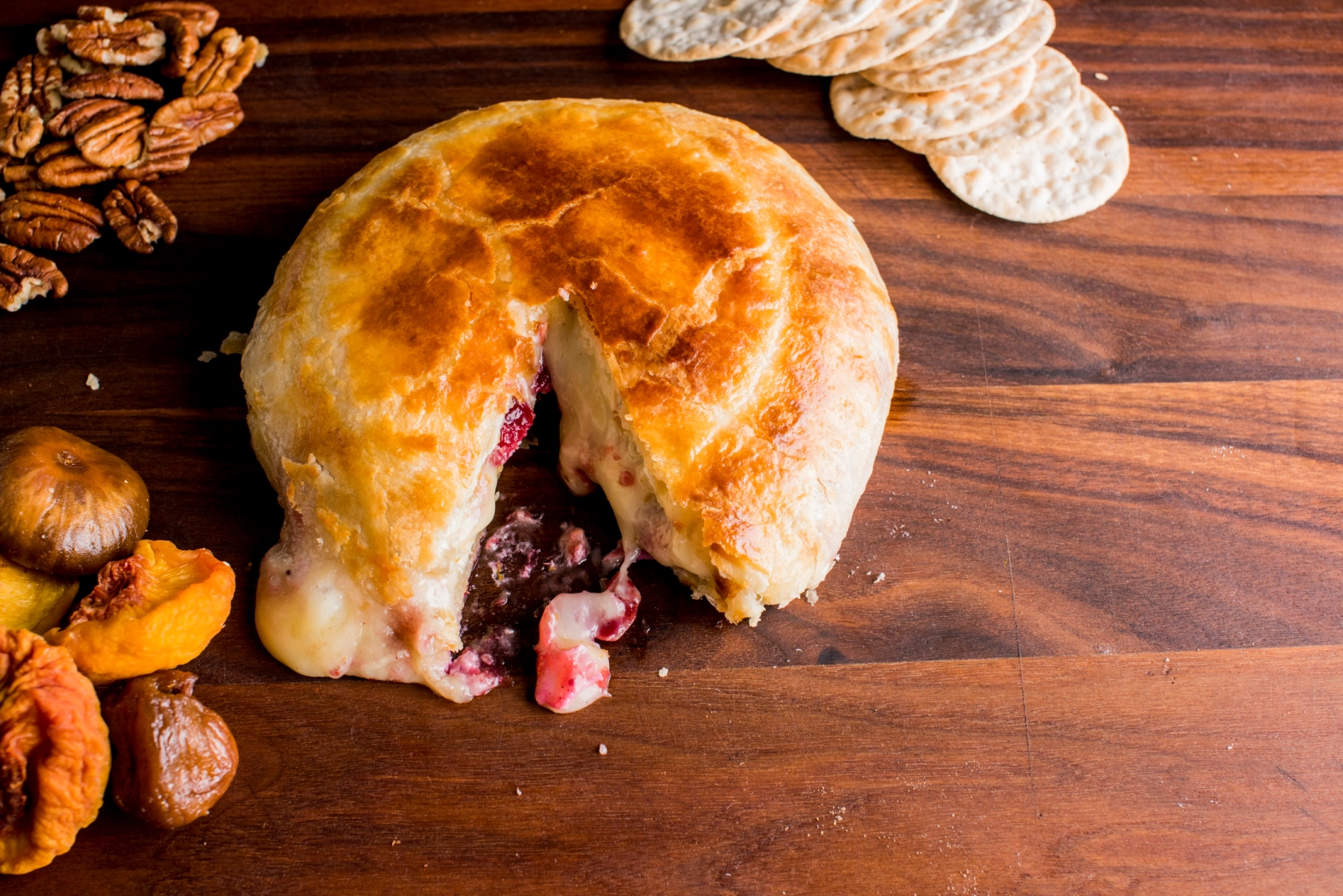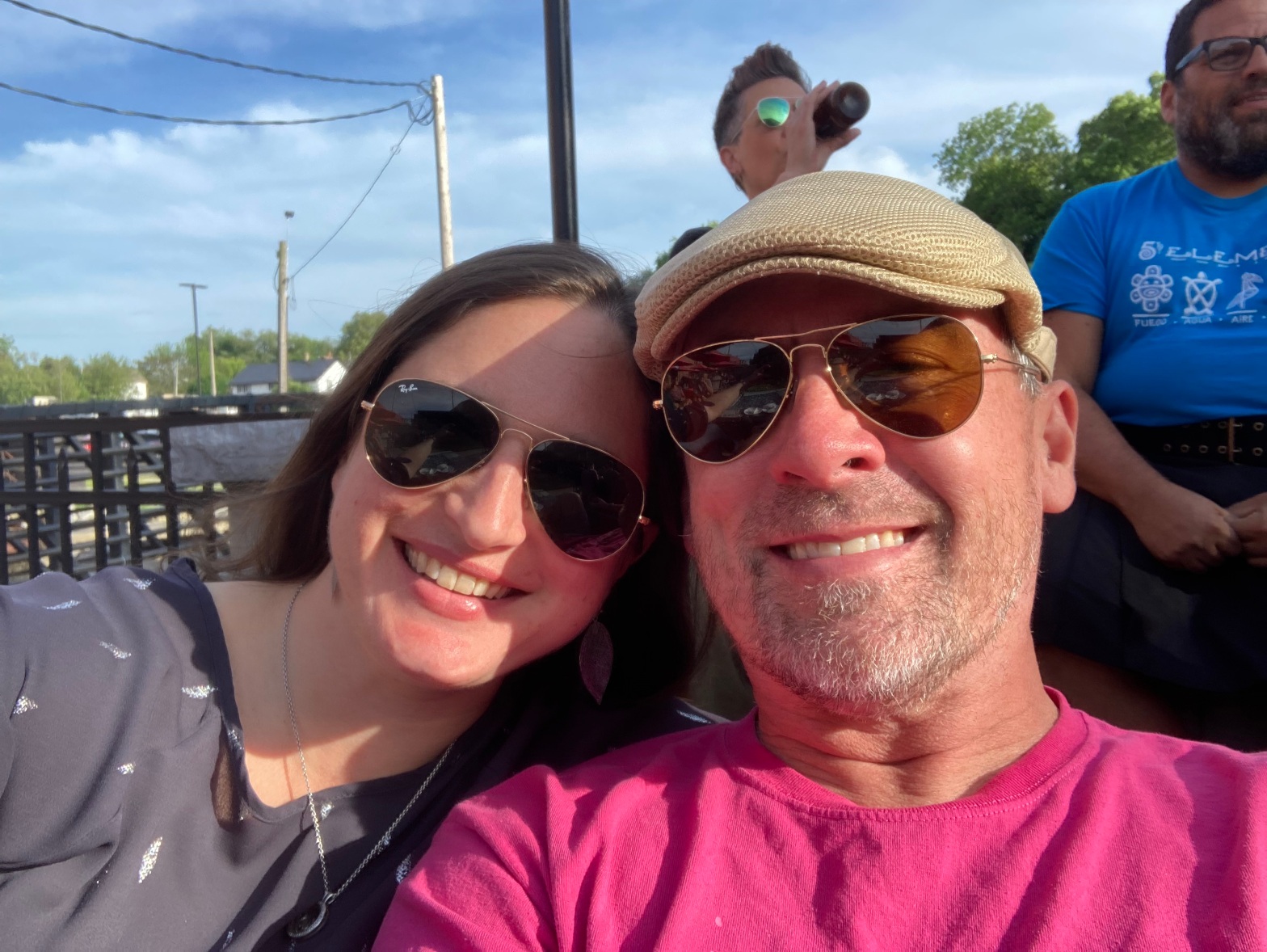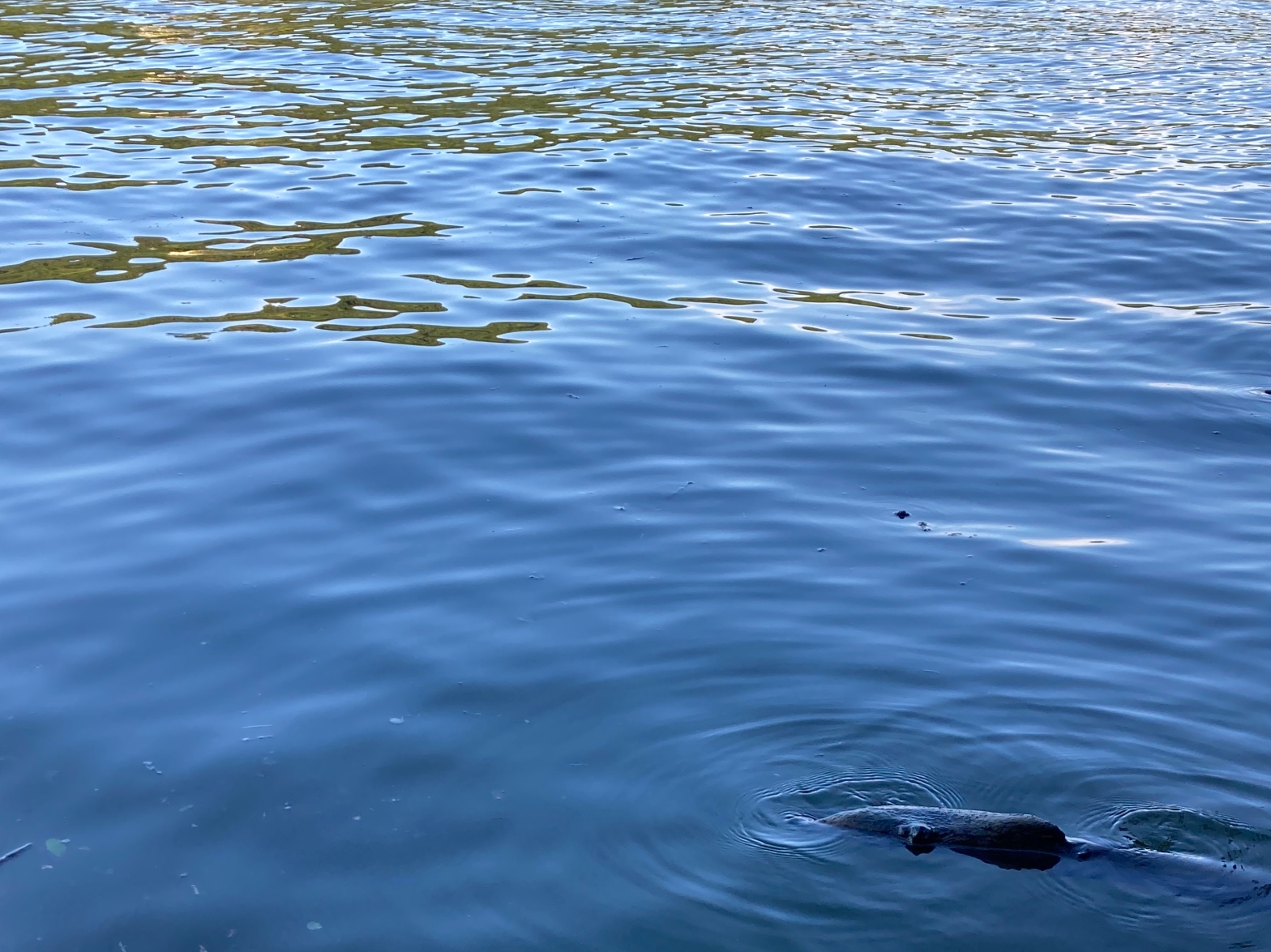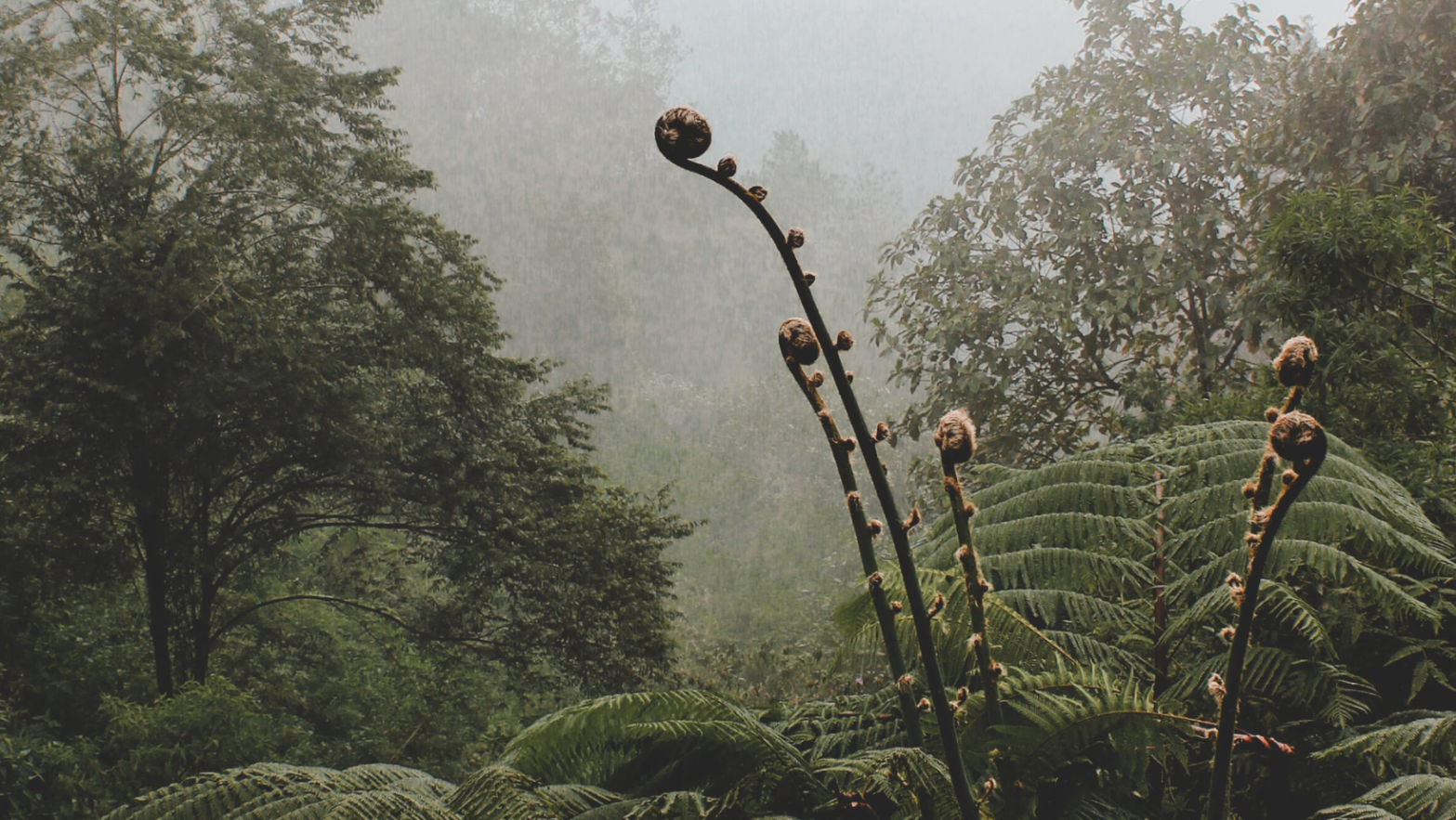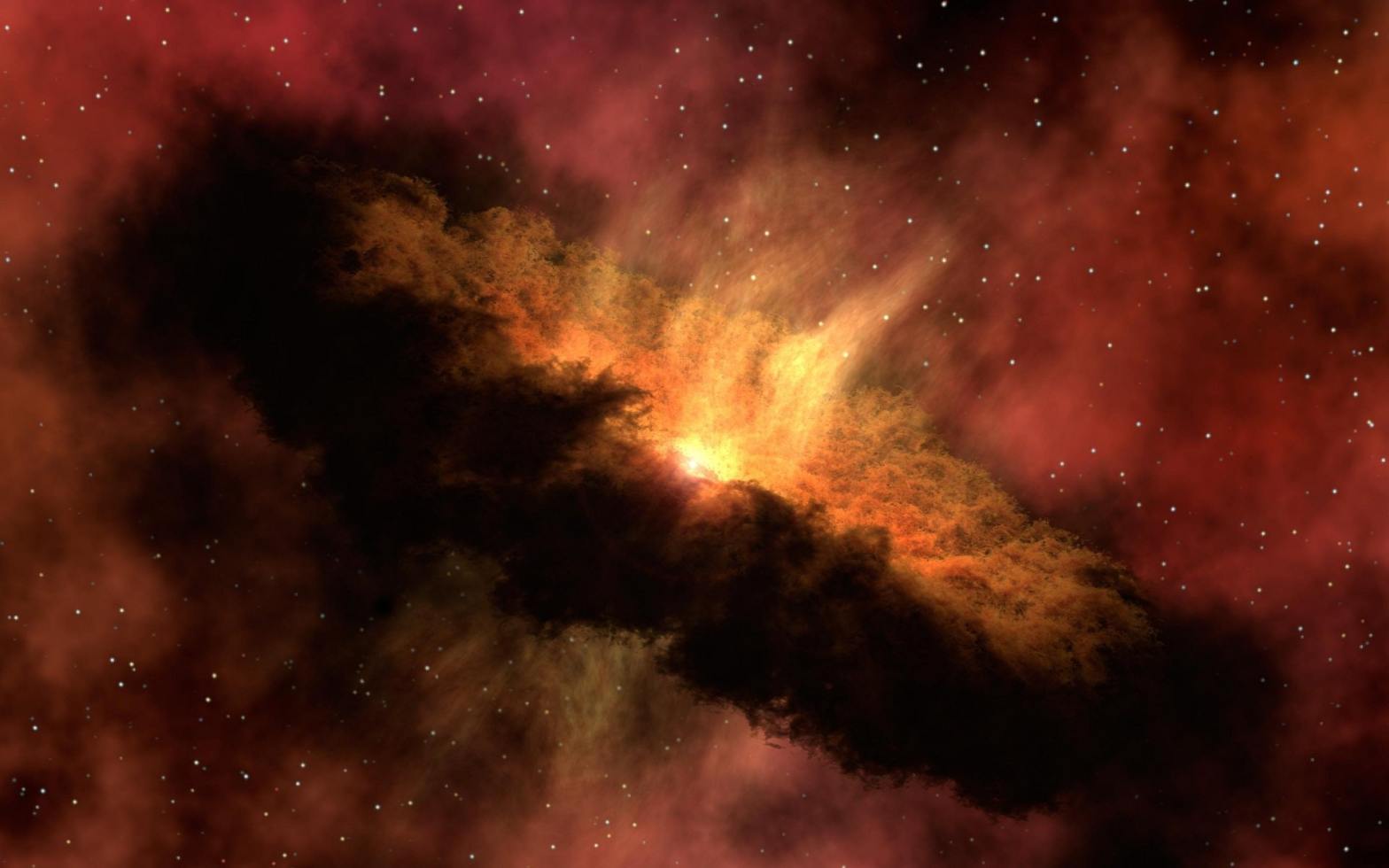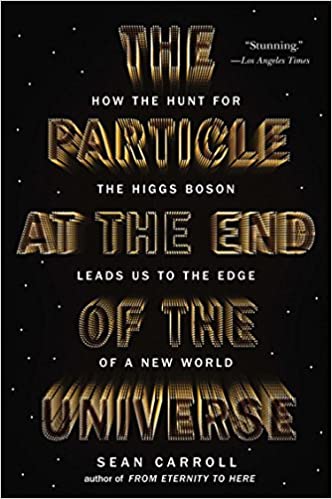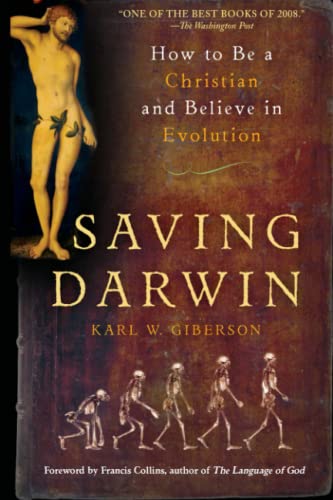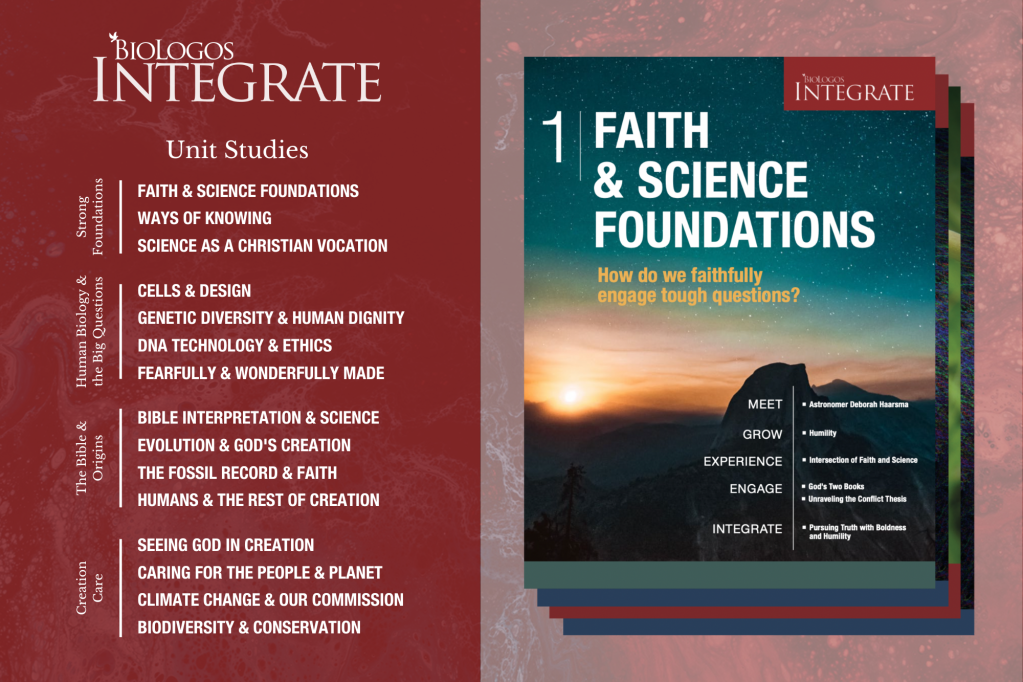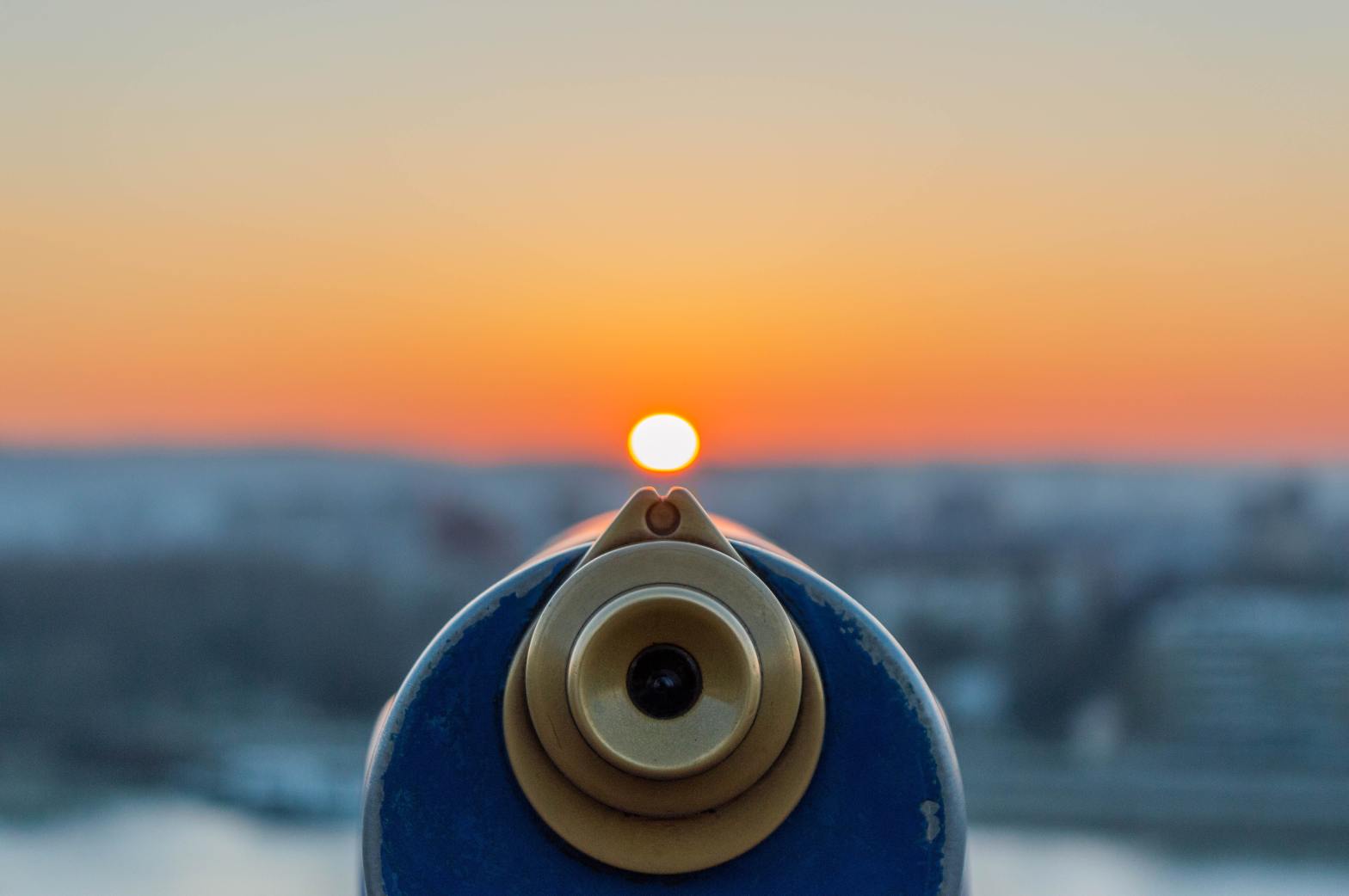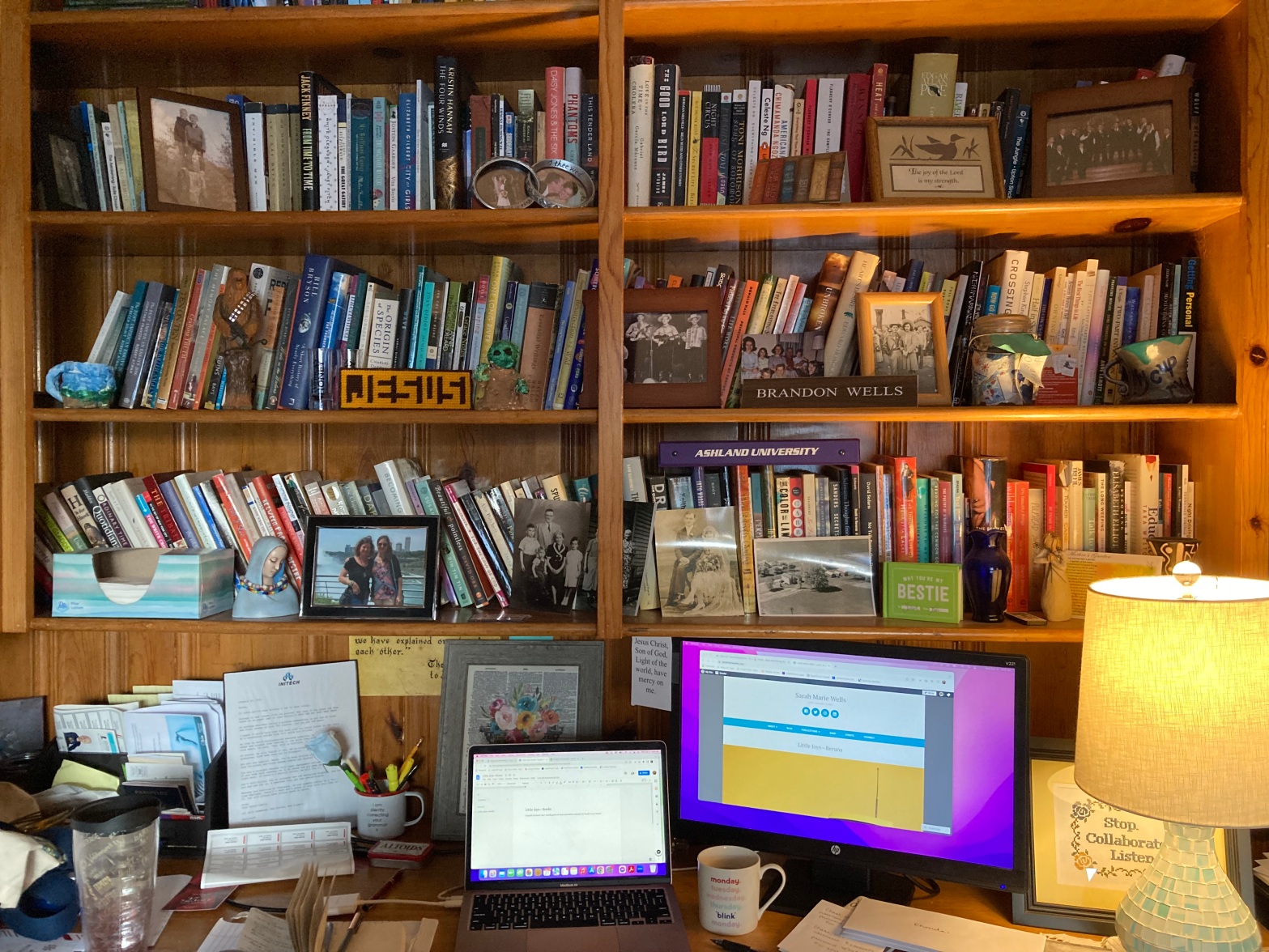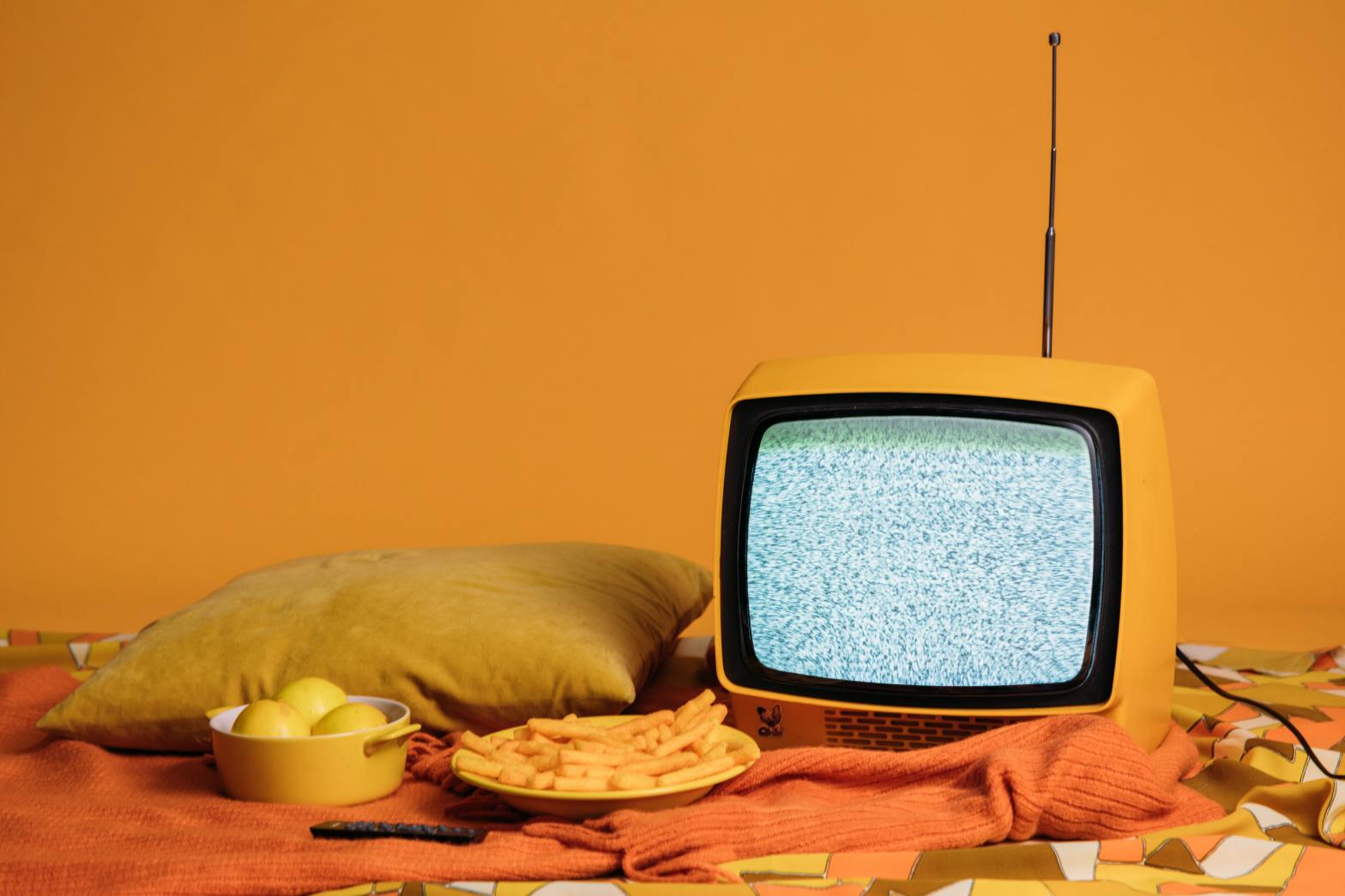December is a month steeped in tradition, when the fullness of our lives—the memories of our own childhoods, past Christmases, family and friends who have come and gone, things we’ve lost and found—all of it layers like phyllo dough into a pastry that wraps itself around the gooey, warm baked brie of right now. The traditions of the holidays hold together the sweetness of the present, enriching the fresh and surprising opportunities we have to manifest joy and love with those who are with us now.
It is the sixth day of Christmas, and nearly all of our Christmas traditions are behind us now. The only tradition left over is for me to do on my own, in a quiet, solitary moment, when I will pull out the small, velvet Christmas book I’ve kept since we moved to Ashland in 2007 and document the year in narrative. It is a giant nostalgia machine, because of course I can’t just start writing. I have to read what came before, all 15 years of entries that preceded this one. Writing in this book marks the end of the Christmas season, the end of the waiting and the hoping, the end of anticipation and the end of the countdown. Joy, peace, hope, and love were all made manifest as promised. The holiday traditions served their purpose.
The tradition tea is sufficiently steeped, and I am ready for a new cup of what’s to come.
Incarnations to Epiphanies
It is fitting that the Christmas season is immediately followed by the season of epiphany. Hopefully, when love incarnate comes, its light illuminates the dark world in ways we might have missed in the past. The more I’m given eyes to see the depth and wonder of the universe, the more I see just how infused everything is with love. Frankly, it’s a pretty sweet way to wander through the world.
I want more of that in 2024, but I also want to be a conduit of that joy, that steadfast love, and that freedom. Even if it means that people look at me weird. I am weird.
But it’s going to take confidence to keep being this weird.
Last year’s word for me was kneel. The last year has taught me a lot about seeing and leading, kneeling and listening, and I am eager to experience more of this in 2024. I felt urged by the Spirit a dozen times this year to rest in the assurance of God’s love and acceptance, and when I drifted from that assurance, seeking acceptance and approval from others, that quiet, gentle voice reminded me that I am good, I am loved, I am worthy, and I am held.
And I have things he is calling me to do.
I have a new book coming out in 2024, and it is filled to the brim with little incarnations and epiphanies. I’m planning on writing another book this year, and it’s going to take confidence, discipline, listening, and the right kind of seeing in order for it to come together.
How is it true that I get to do these things?? What a privilege! What a delight! What a fantastic way to get to live a life!
Humility and confidence are frequently in a wrestling match in my brain, but there’s no reason they need to be at odds with each other. In 2024, I hope to lean in with joy and confidence to the conversations, opportunities, and responsibilities God is calling me into. So, the word I’m hearing this year is “confidence.”
One More Tradition: The Year-End Wrap-Up
There’s an indigenous linguist I follow on Instagram that posted a wonderful video about Thanksgiving and a word his people have for gratitude or thanksgiving. I wish I could find it right now but of course the Internet swallowed it or something. Anyway, the gist of what he had to say stuck with me, that in his particular heritage, they aren’t grateful for specific things.
Gratitude isn’t conditional. It is a state of being. He said that whether it was raining or sunny, cold or hot, his people would say, “It is a good day.” Every day is a good day. It is inherently good, no matter our circumstances.
It’s just one of many small things that have stuck with me this year, wedged in the wrinkles of my brain. It is a good day. Here are a few more:
Favorite Books of 2023
I set an ambitious goal to read 52 books this year, by far the most I’ve ever read in one year, and I made it! Here are a few thoughts about the authors and stories I traveled with in 2023:
- I began the year reading In the Name of Jesus by Henri J.M. Nouwen, and his reflections on Christian leadership in the 21st century made a significant impact on me all throughout the year. Other particularly impactful books on Christianity and culture that changed the way I think or helped me to better articulate my values were The Making of Biblical Womanhood by Beth Allison Barr, Changing Our Mind by David P. Gushee, A Farewell to Mars by Brian Zahnd, and Freedom of Simplicity by Richard J. Foster.
- I read a bunch of books on climate action, creation care, and environmentalism in general, but I have to say that the books that stuck with me the most were the ones that reminded me how much I love this world, and if I love this world so much, how much more must God? Some of my favorites in this category this year were The Hidden Life of Trees and The Secret Wisdom of Nature, both by Peter Wohlleben, The Particle at the End of the Universe by Sean Carroll, The Soul of an Octopus by Sy Montgomery, All Creation Waits by Gayle Boss, and At Home with Nature by John Gidding. I’m eager to read more awe-inspiring books about the natural world, or the spiritually natural world, or the naturally spiritual world.
- One of my best friends reintroduced me to the pleasure and escape offered by RomComs, and I am not (too) embarrassed to report that I read a lot of them this year. I think there’s only one Taylor Jenkins Reid book I haven’t read now, and it is sitting on my desk, next in the line-up. My favorite of them was Maybe in Another Life because of its playful exploration of how our choices can change the direction of our lives. I’m really interested in regret and free will, and this book did a lot of great work inside of fiction to challenge the ways we think about what is “meant to be.”
- The novels that I could not put down this year were The Invisible Life of Addie LaRue by V.E. Schwab, Bel Canto by Ann Patchett, A Place for Us by Fatima Farheen Mirza, and Counterfeit by Kirstin Chen. These authors created worlds I wanted to inhabit and experience, vastly different from the world I inhabit, thought provoking and border crossing in ways that were both challenging, enlightening, and a pleasure to read.
Altogether, I read 55 books this year, and I hope to stay on pace to read another 52 next year. I have plans to read a bunch of church saints and mystics with a couple of friends at church, and our book club is going to be reading a mix of both fiction and nonfiction. Beyond that, I want to be intentional about selecting books that stretch me as well as books that open me up to new ways of thinking and being in the world. And some more RomComs, of course. I’m especially looking forward to one of my dearest writer friends, Jason B. Dutton’s first novel, How to Dance, which comes out February 6!
Favorite Songs of 2023
I listen to music pretty much all day long. Apple tells me that these were my top listened to songs this year:
- “Getting Ready to Get Down” by Josh Ritter
- “Old Pine” by Ben Howard
But I also rediscovered Mary Chapin Carpenter and listened to a lot of Norah Jones, Dave Matthews Band, The Beatles, and our favorite mix of singer songwriters, John Hiatt, James McMurtry, Jackson Browne, James Taylor, and Marc Cohn. We have also become big fans of Red Clay Strays this year, having seen them in concert twice.
Newbies to my “Little Joys” playlist this year included:
- “Wild Soul” by Langhorne Slim and The Law
- “Lemon Grove Avenue” by Mason Jennings
- “Forest” by Fancy Hagood
- “Wondering Where the Lions Are” by Bruce Cockburn
- “Love You for a Long Time” by Maggie Rogers
- “Farther Along and Further In” by Mary Chapin Carpenter
Favorite Documentaries and Films of 2023
I watched and reviewed somewhere around 24 or so different films, TV series, and documentaries for Root & Vine this year. One of my favorite places to discover God is in the creative visual projects of filmmakers and documentaries. I loved many of the shows I reviewed, but these were some standouts (I’ve linked to my reflections on them for your enjoyment):
- Live to 100: Secrets of the Blue Zones – I’ve watched a few episodes of this series now, and I’m looking forward to returning to it for its nuanced look at what actually makes for a good, long life.
- Barbie – I could totally see doing a Making of Biblical Womanhood and Barbie companion study at church sometime. Oh what fun we’d have!
- Journey to Shark Eden – My favorite thing about this documentary was discovering the important role apex predators play to the balance of our world’s ecosystem. It pairs well with The Secret Wisdom of Nature, above. Hmmm, maybe I’m onto something here.
- The Year Earth Changed – I loved this film for its insights into what happens when humans just lay low for a while.
- Ted Lasso – Is it the best TV series ever? Yes.
- To Which We Belong – This is an excellent documentary about regenerative agriculture and its vital role in our long-term sustainability, both with climate change and with access to food.
A Brief Look Back at 2023:
Brief! Bwahahahahaha like I can be brief!
This last year has been so full of new and unexpected opportunities in my freelance writing life, as well as gifts to celebrate going into 2024. Out of the blue one day, a therapist reached out to me on LinkedIn to see if I’d be interested in helping her with her counseling business, called Hope & Freedom, and that has evolved into a beautiful partnership filled with meaningful work and purpose, helping individuals and their partners who are dealing with sexual addiction. I really like talking loudly about sex addiction and my “sex addiction therapist” at public events now. I’m learning a lot, and I am grateful to be connected with such an important organization.
I also continue to write video scripts for marketing purposes, primarily, something I never dreamed I’d do. I get a ton of joy out of these projects every time.
One of the things we didn’t know at the end of last year was whether we would still be in Ashland. Brandon was in the middle of seminary, and we were leaning heavily on trusting God to make a way forward. I felt pretty confident that meant staying here in Ashland, but we weren’t sure. Shortly before Brandon graduated, he was offered a job at Ashland University. We got to stay here, in this community we love.
We traveled quite a bit this year, not in as concentrated of a time as last year, but there were trips to Upstate New York, Virginia Beach, Hocking Hills, Topsail Beach, Grand Rapids, Quebec, Pittsburgh, and a monastery in Kentucky.
We’re right in the middle of Lydia’s senior year, and Elvis is about to be a driver, and Henry just got taller than me, so now I’m the shortest person in our family. Wut. In many ways it feels like everything is about to change. Oh wait, everything is always changing.
It is a good day.
Looking Ahead to 2024:
On the horizon ahead, there’s a second collection of essays coming out in 2024, tentatively titled Ordinary Time, or A Palace in Time, I’m still trying to decide. Lydia is going to college this coming fall. I have plans to write another book or two, or heck, maybe even three (ha ha ha). We’re going to Nashville with the kids for a week this spring, the Festival of Faith and Writing is right on that trip’s heels, and we’re hoping to get to the beach again this summer. Then it’ll be off to the Brethren Conference. And who knows what else?!
I bet there’s going to be some joy. Maybe a little heartache. Probably some unanticipated grief. Definitely love.
Resolutions (Some Met) for 2023:
It wasn’t the worst showing for resolutions in 2023. Here’s the tally:
- Read 52 books. WIN!
- Reestablish an exercise routine. Practice yoga at least once a week, and walk or go to the gym at least three times a week. HAAAA. FAIL.
- Visit and explore one new place on the globe. QUEBEC! WIN!
- Do something wonderful with my husband for our 20th anniversary. PITTSBURGH was wonderful enough.
- Keep seeking an agent for Some Bright Morning. I did in fact keep seeking an agent, but now I’m revising… again…
- Incorporate some of the “little joys” from December into my second essay collection and revise it some more. WIN! AND THERE’S A NEW BOOK COMING OUT! DOUBLE WIN!
- Complete a first draft of my second novel. HAAAAA. Nope.
- Ponder and maybe begin writing a road trip memoir. WIN! I did both the pondering and the beginning.
- Maintain Scripture reading daily and add in more time for meditation. WIN!
- Be a vessel of shalom for the people in my life. WIN! (I tried, anyway.)
Goals and Resolutions for 2024:
- Read 52 books, with at least a quarter by underrepresented authors or about complex, contemporary social issues.
- Reestablish an exercise routine. Practice yoga at least once a week, and walk or go to the gym at least three times a week. We can always try, try, try again.
- Maintain a commitment to working part-time as a freelancer, so that there remains space for coffee dates, volunteering, and working on personal writing projects.
- Visit and explore one new place on the globe (maybe somewhere international, even?).
- Finish another round of revisions on Some Bright Morning and try to secure an independent publisher.
- Write 12 essays for the road trip memoir, aiming for a complete manuscript in early 2025.
- Tinker with collecting a series of advent reflections and devotionals.
- Maintain Scripture reading daily using the Book of Common Prayer.
- Adequately acknowledge and celebrate my daughter’s transition from high school to college, from teenager to young adult.
- Strive to make our home one that is known for warmth and generous hospitality, a place of safety, security, and refuge for our children, their friends, and our friends.
